Science
James Webb telescope reveals fiery 'mane' of the Horsehead Nebula in spectacular new images
The James Webb Space Telescope has captured the sharpest images yet of the Horsehead Nebula — a vast cloud of equine-looking gas rearing over the constellation Orion.
Earning its name from the thick plumes of rolling gas that constitute its fiery mane, the Horsehead Nebula is a stream of gas rising from Orion B, a molecular cloud located 1,300 light-years from Earth.
Made from a collapsing cloud of gas and dust, the nebula gets its distinctive appearance from its slow dissipation as its outer edges gradually erode. In roughly 5 million years time, the gas will have disintegrated entirely, leaving behind the hot star that illuminates it from the top left edge.
To snap the stunning images, astronomers used the JWST's Near-InfraRed Camera (NIRCam) and Mid-Infrared Instrument (MIRI). True to their names, these cameras capture photons emitted in the infrared spectrum of light as regions of the gas cloud are heated up by young massive stars.
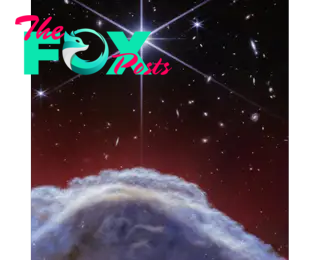
Related: 35 jaw-dropping James Webb Space Telescope images
Studying this region, known as a photon-dominated region (PDR), helps scientists to understand the chemical and physical processes that enable interstellar matter to evolve and for stars to form.
—Defying the odds, Japan's SLIM lander survives 2nd night on the moon
—4 ways you can help NASA study the April 8 solar eclipse
—Milky Way's monster black hole may be shooting superheated jets into our galaxy, groundbreaking images reveal
Given its close proximity to Earth and distinctive shape, the Horsehead Nebula is considered one of the best objects in the sky to study how radiation and stellar matter interact, according to the European Space Agency (ESA).
-

 Science9h ago
Science9h agoLake Kivu: The ticking time bomb that could one day explode and unleash a massive, deadly gas cloud
-
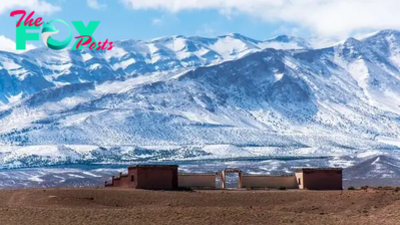
 Science21h ago
Science21h ago'Upwelling' deep in the mantle triggered magnitude 6.8 Morocco earthquake
-
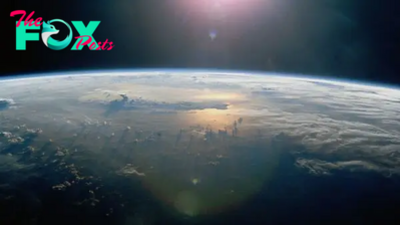
 Science21h ago
Science21h agoThere's a 2nd El Niño — and scientists just figured out how it works
-

 Science1d ago
Science1d ago'Failed' microcontinent found hiding beneath Greenland and Canada
-
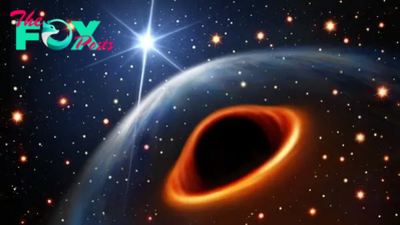
 Science1d ago
Science1d agoUltra-rare black hole found hiding in the center of the Milky Way
-
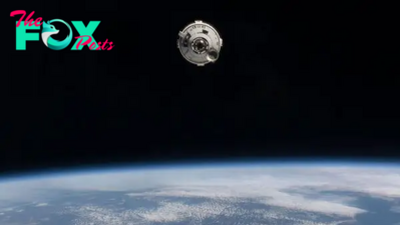
 Science1d ago
Science1d agoBoeing Starliner astronauts remain stuck on International Space Station with no set return date, NASA announces
-

 Science1d ago
Science1d agoWorld's loneliest tree species can't reproduce without a mate. So AI is looking for one hidden in the forests of South Africa.
-

 Science2d ago
Science2d ago'I'm as happy as I've ever been in my life': Why some people feel happiness near death

















